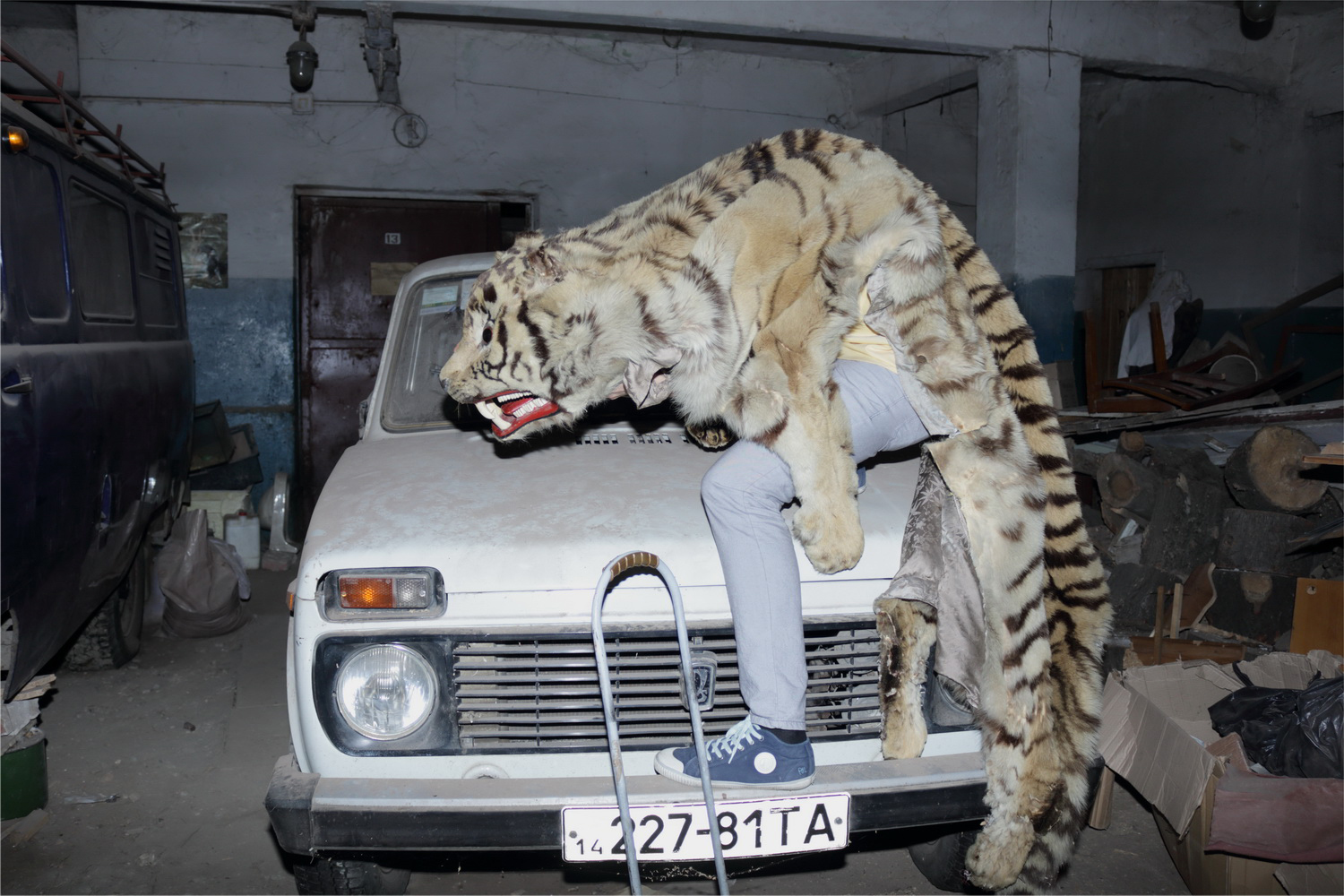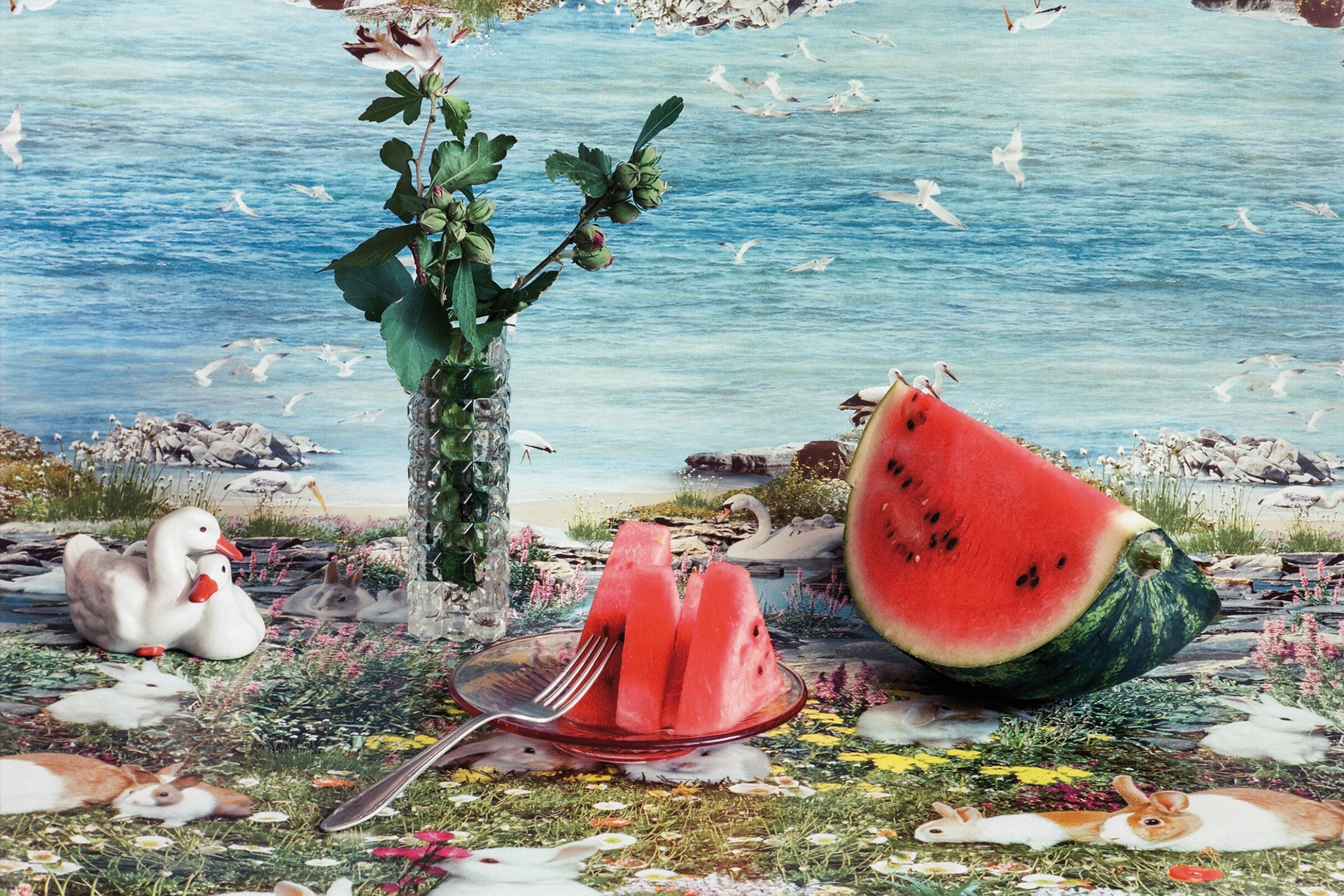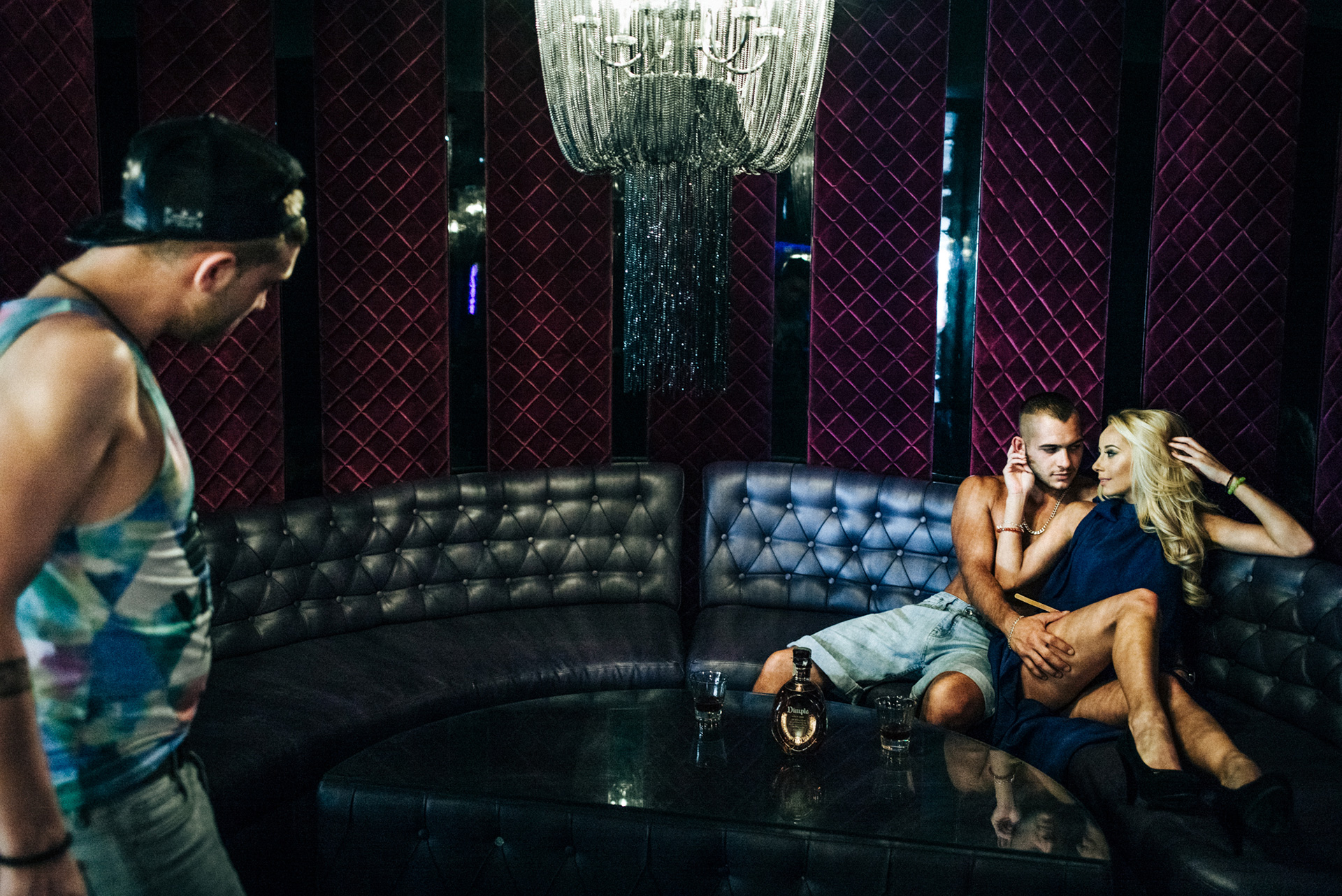
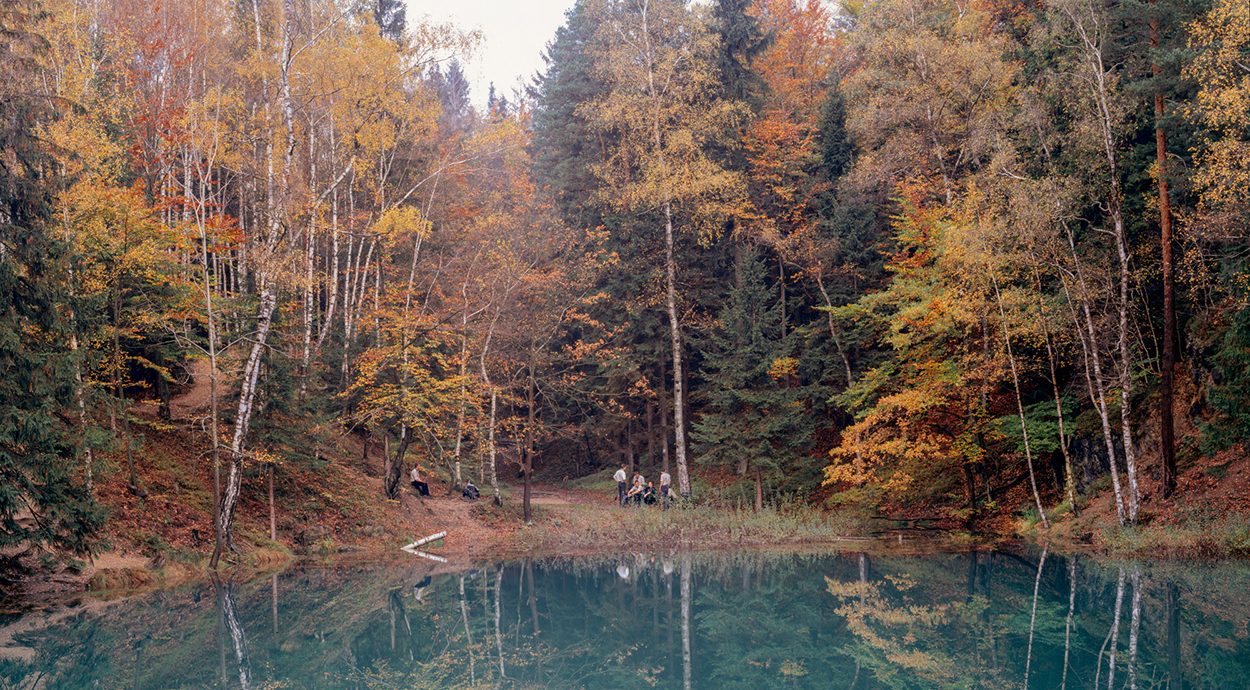
New East Photo Prize: Uranium by Michał Sierakowski

Born in Wroclaw, Poland. Studied photography at the University of Arts in Poznan. Exhibited his work in the US, Poland, Slovenia, and France. Winner of LensCulture Emerging Talents in 2015. Published his work in The Calvert Journal, Lensculture, Feature Shoot, Fresh From Poland, Defeated Zine, Onward Forward. Lives in Warsaw.
— When I was 12 or 13 I used to be a train lover. Whenever I had time I used to go to stations, rail tracks, noting down names and numbers of locomotives and photographing them. I started sharing those pictures with other train maniacs, doing our own train-related exhibitions. It got to a point where I would research the exact place the sun would rise on the path of the steam engine and then wake up in the middle of the night, ride a few dozen kilometres by bike just to photograph the steam rise at dawn in the middle of a melancholic landscape. Gradually my love for trains grew into a love for photography in general, but this passion for chasing light and sweet spots stayed.

I am trying to find a way to tell stories through landscape and make it meaningful. I’m interested in landscape, mostly how it influences the societies inhabiting it, how it changes our perception of the world and how we change the landscape for our own purposes.
I spend a lot of time wandering around Google Maps and seeking places that I’d like to see with my own eyes. In my case finding a theme is more of a process. Then, when I have a place, the puzzle begins. What story should I tell to make this place interesting for other people? How should I tell this story? How should I construct the narrative? Then I try different approaches, read a lot, do a lot of research. But I am a strong believer in one rule: after some time working on a project, throw away all pictures you took at the beginning and start from scratch.
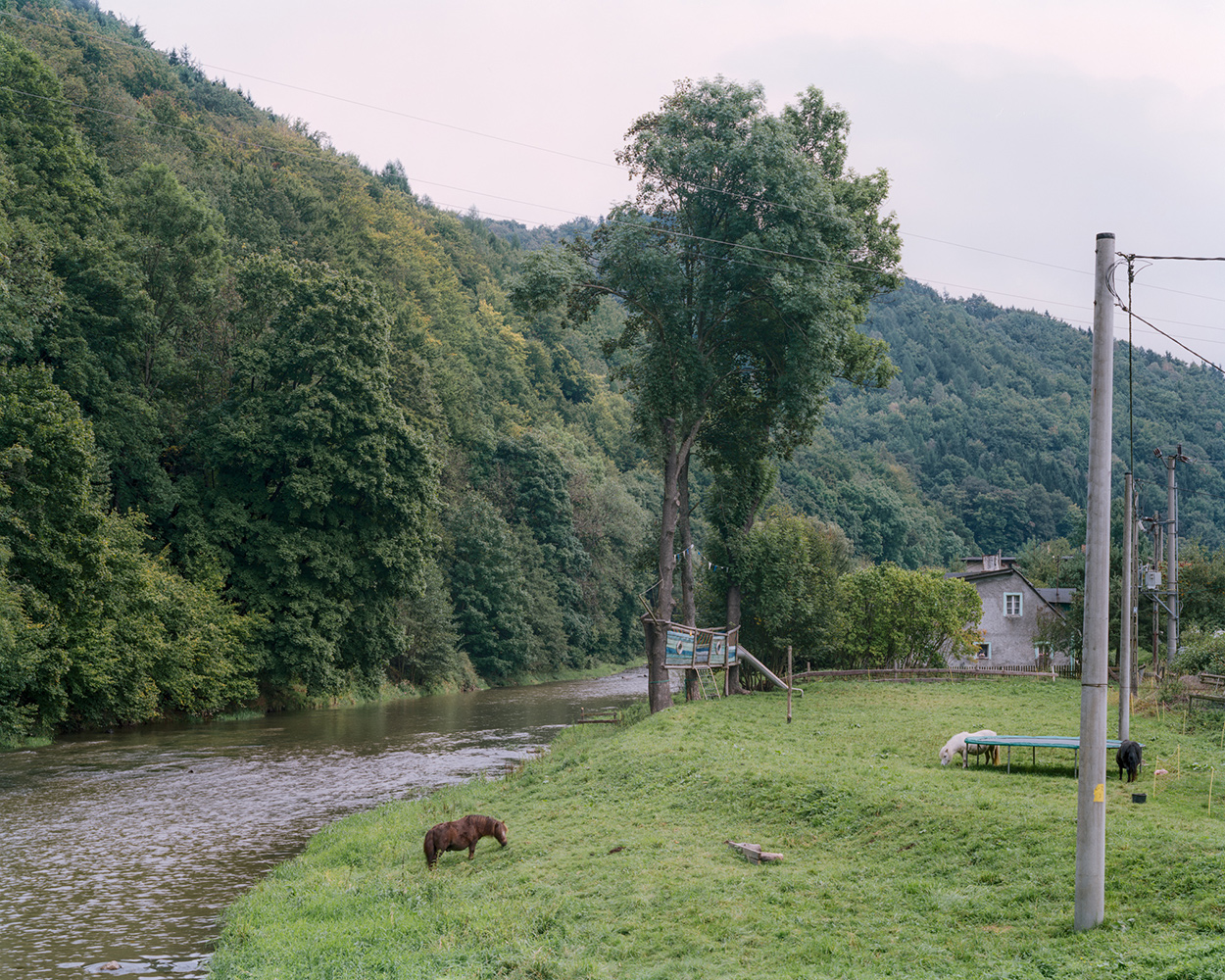
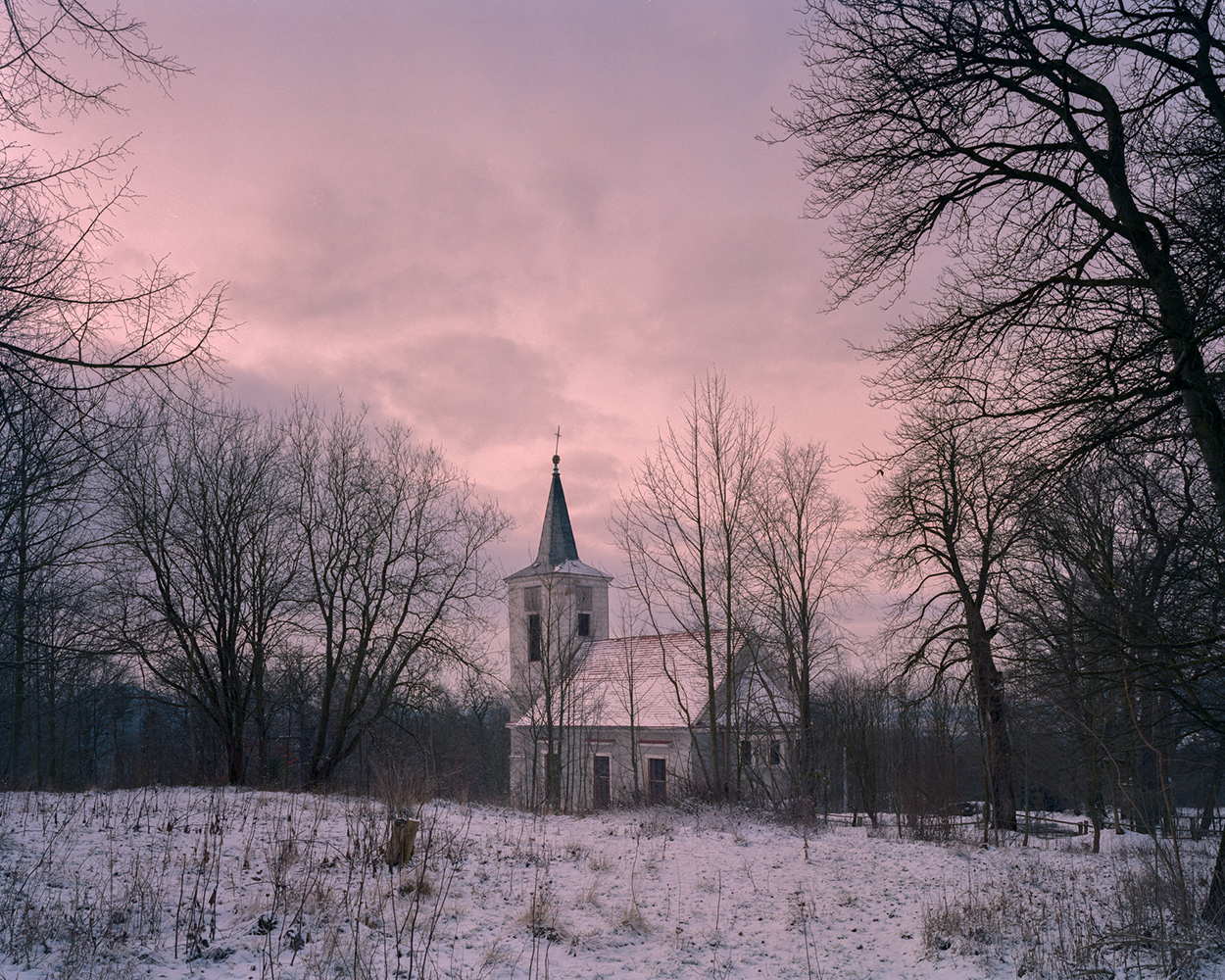


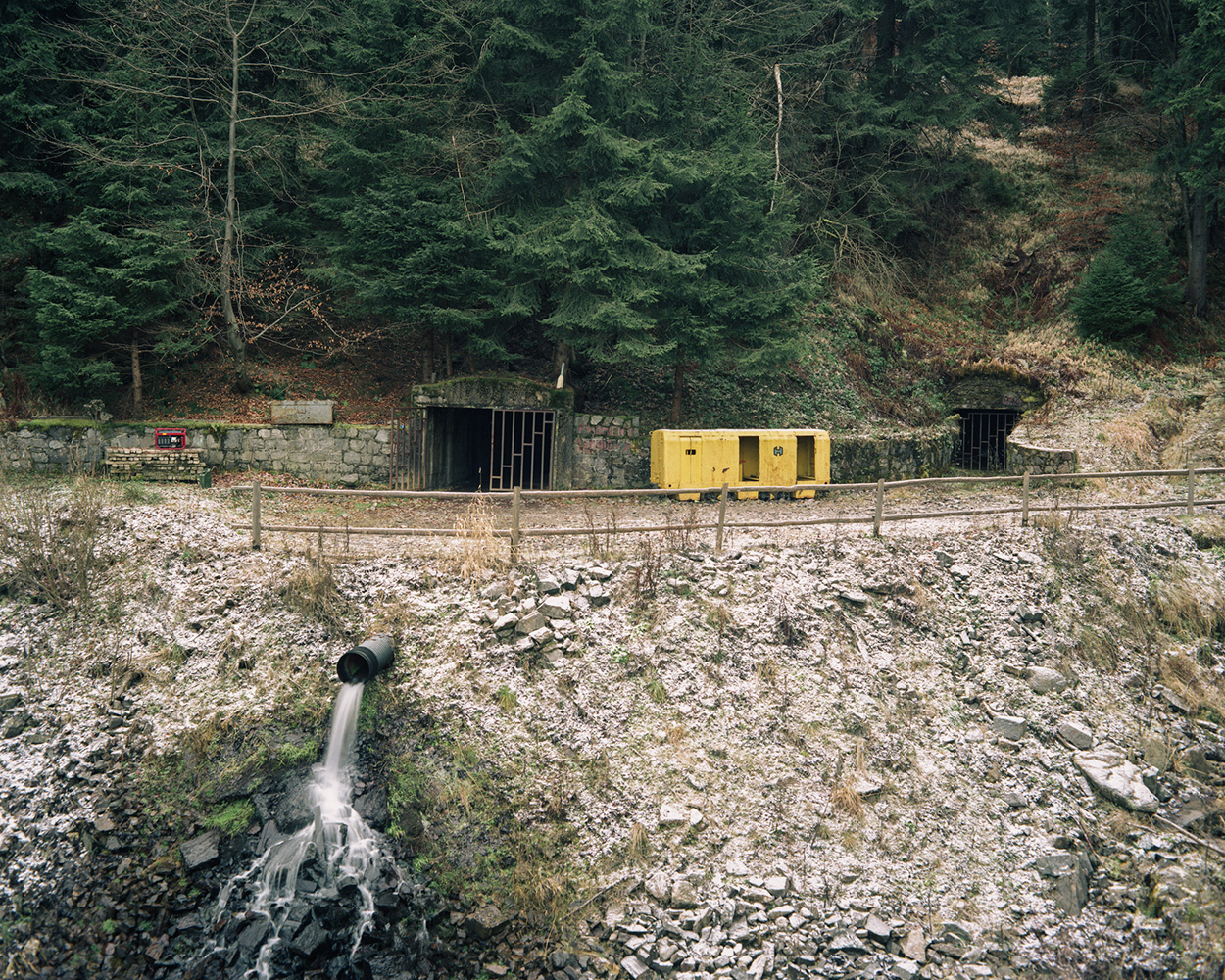
I was totally in love with the Sudetes mountains where Uranium takes place and I was mad about mines, caves, quarries, mysteries and so on. I spent a lot of time digging through urban exploration forums, geology sites, old maps etc. Then I found an absolutely beautiful website that looked like a 90s internet shrine. It was an online museum by a geology enthusiast who had written an exhaustive article about the history of uranium mining in Poland.
It was at a time when I was desperately looking for a story. I had already taken lot of pictures in the Sudetes mountains and I was trying to avoid making the project into a tourism brochure about the beauty of the mountains. Uranium mining fitted perfectly, letting me tell an interesting story and show all those places I’ve been crazy about.





It took me two years to make Uranium. I had these cliché images of the Cold War, Soviets, nuclear waste and the Chernobyl incident in my head. But in reality all these places were totally inconspicuous. Right now all that’s left is just few caves that used to be mines, hills made from heaps of mining waste or a village that collapsed due to the tunnels under it. So I started visiting those places four or five times, trying to find something interesting to latch onto and then waiting for the right moment and right light just to take one picture.
Working on that project made me think about what I like and what I don’t like in photography. It was also one long lesson on workflow and large format photography. While working I’ve discovered that the analogue process draws a thick line between creating and evaluating pictures. When I shoot digital I find myself deleting pictures right after taking them, because they are not what I see or just because I find them boring. But when using large format 4×5 system I can focus just on creating pictures. Seeing what I shot after few weeks, when the pictures are processed and scanned, is a completely different experience and it makes me look at my pictures more objectively.




I think that when you look at the bare picture, then the line dividing nature and landscape is somewhat blurred. You shoot a beautiful sunset over a forest hill and it’s classic nature photography. You add a caption or put it in between other pictures that tell you about mass killings that happened on that hill and it becomes landscape photography. In my own definition landscape photography has got something more to it than just aesthetic meaning, which is the main feature of nature photography. Nature photography is kitsch, as its main purpose is to please the eye. Landscape can set a place of action in a series or it can stand on its own and tell a story.
Text and image: Michał Sierakowski
Interview: Liza Premiyak
This interview was originally published by The Calvert Journal.
Others project materials

New and best




















